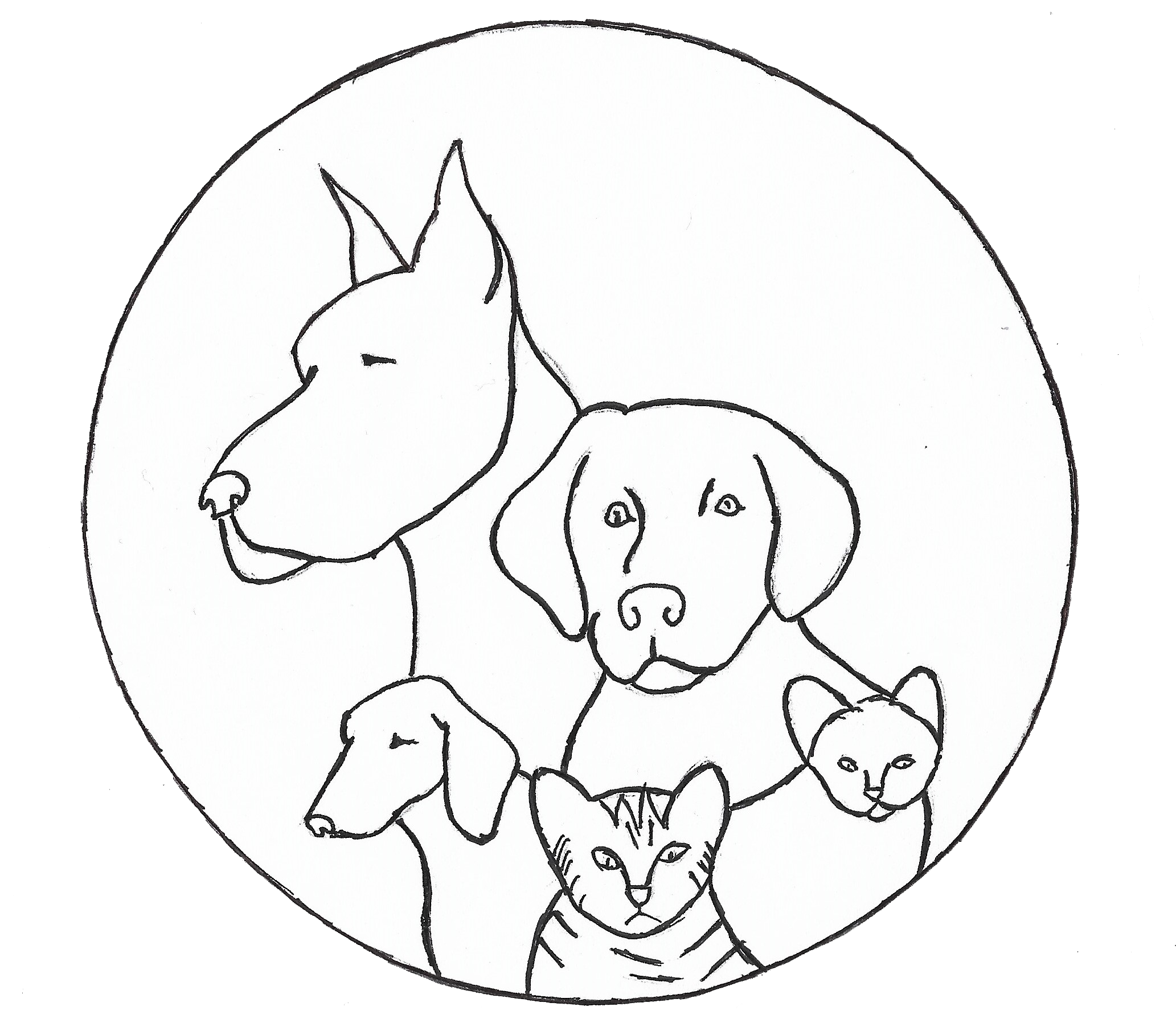Library
-
This handout outlines the recommended steps to train and condition your dog for taking your dog hunting. It discusses the two main types of hunting dogs (hounds and gun dogs). Recommendations on what to ask your veterinarian before taking your dog hunting are also included.
-
Hyperlipidemia refers to elevated levels of lipids (fats) in the bloodstream and can be due to several causes. Often times there are no clinical signs. Hyperlipidemia is confirmed using a 12-18 hours fasting sample. The pet's medical history and a search for an underlying cause is important for its treatment. If no underlying cause is found, your pet will need to start eating a low-fat, high-fiber diets, and may be started on the appropriate medications and supplements.
-
This handout discusses the concept of hypoallergenic dogs. These breeds are meant to create less allergic reactions in people that suffer from dog allergies. Humans sometimes react to the proteins found in dog saliva and dander. Precautions to take when trying to reduce your exposure to these allergens are highlighted. As well, breeds that tend to be less reactive to dog allergy sufferers are discussed.
-
With the elegance of a deer, the Ibizan Hound can leap great heights from a standstill. Unlike most sight hounds, the Ibizan Hound usually barks when chasing. She is fast, sweet, and beautiful, yet few people have ever met one.
-
These hardworking dogs are tough and energetic, but don't be fooled – they are people-dogs. Cheerful, friendly, inquisitive and playful, they are definitely happiest when they have a job to do, such as playing ball, herding, agility and obedience activities.
-
Ichthyosis is a rare skin disease in dogs and is sometimes also referred to as "fish scale disease". It generally causes the skin to appear rough and covered with thick, greasy flakes. It is the result of a genetic mutation and certain breeds, listed in this handout, seem to be affected more than others.
-
Icterus is also known as jaundice. It is an excessive accumulation of a yellow pigment called bilirubin in the blood and tissues, most easily seen in the gums and whites of the eyes. Icterus can be caused by hemolysis, liver disease, or obstruction of the bile duct. Your veterinarian will perform screening tests to determine the root cause of icterus.
-
Imidocarb dipropionate is an injectable medication that is administered by a veterinarian to treat babesiosis in dogs. It is also used off-label to treat other protozoal infections in dogs, cats, and horses. Most common side effects include mild drooling, tearing, vomiting, or nasal drip. Do not use in pets with exposure to cholinesterase-inhibiting drugs, pesticides, or chemicals. If a negative reaction occurs, please call your veterinary office.
-
Infectious canine hepatitis (ICH) is a viral infection caused by a member of the adenovirus family. Young dogs are at the highest risk of contracting this virus and signs of disease usually occur within two to five days after exposure. In severe cases, usually in young puppies, along with the fever, depression, and loss of appetite, there is abdominal pain, vomiting, diarrhea, edema (fluid swelling under the skin) of the head and neck, and possibly jaundice. Such cases are often fatal. Treatment is aimed at reducing symptoms and giving time for the dog's immune system to respond, including hospitalization, intravenous fluids, and medications. Vaccination has been very successful at reducing the prevalence of this disease.
-
Infertility in a female dog is defined as the inability to conceive and deliver viable puppies, even when mated multiple times with a known fertile male surrounding the time of ovulation. This handout outlines the varying causes of infertility in female dogs and how they may be diagnosed and treated.

